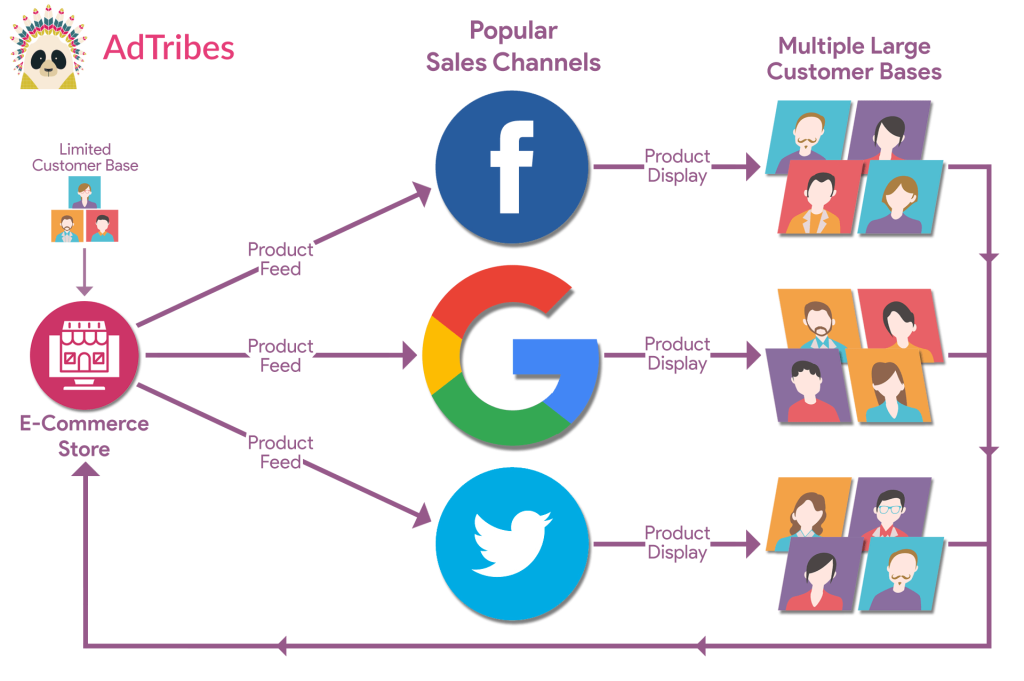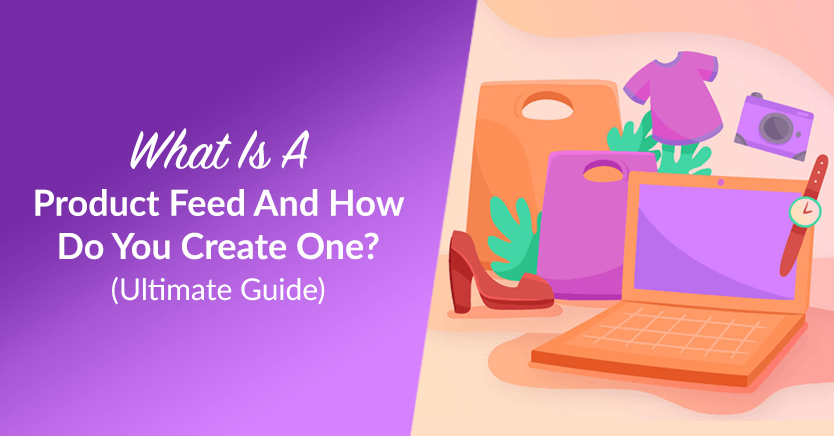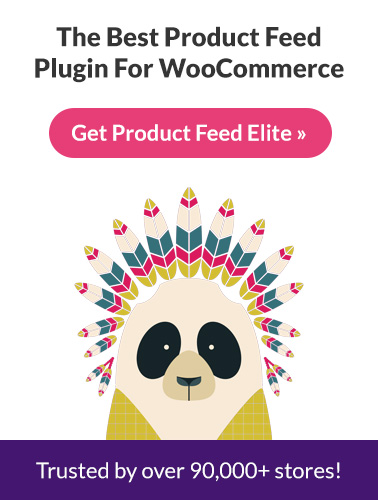
The ecommerce checkout process is the final step before a customer places an order. In our experience, this is also, unfortunately, where many shoppers leave without buying anything.
People leave their carts for all kinds of reasons. Some get annoyed by surprise fees. Others lose patience with too many steps or forms. Some just don’t feel safe handing over their payment details.
If that wasn’t enough, the way checkout is built also affects your sales, your drop-off rates, and how much people trust your store.
This article will show how to improve your checkout process to reduce cart abandonment. We’ll also share how AdTribes helps you keep one checkout link, no matter where your customers come from.
- I. What Is The Checkout Process?
- II. Why Do Shoppers Leave At Checkout, And What Can You Do About It?
- III. How Do Product Feeds Help You Keep The Checkout Process Consistent?
- Conclusion
I. What Is The Checkout Process?
The checkout process is the set of steps a shopper goes through to buy something online. It starts when they add items to their cart and ends when they see a message confirming that their order has been placed.
During this process, the shopper moves through a few key steps:
1. Add to cart: The shopper clicks “Add to cart” after picking a product.
2. Cart page: They review what’s in the cart, update quantities, remove items, apply coupons, or estimate shipping.
3. Sign in or continue as guest: They log in, create an account, or continue without one. Some stores ask shoppers to sign in before they even start shopping.
4. Enter contact information: They enter their name, email, and sometimes phone number. Some stores ask for this info earlier during sign-in.
5. Enter shipping address: They type where they want the order delivered.
6. Choose shipping method: They pick how fast they want the item and which courier or service to use.
7. Enter billing address: They confirm it’s the same as the shipping address or enter a different one.
8. Choose payment method: They pick how they want to pay: card, wallet, bank transfer, etc.
9. Enter payment details: They enter the details for their chosen method, such as a credit or debit card number, or sign in to a service like PayPal or Apple Pay.
10. Review order: They check all details, such as items, price, and delivery time, before continuing.
11. Place order: They click the final button to complete the purchase.
12. Order confirmation: A message confirms the order was placed, usually followed by a confirmation email.
At a glance, it seems simple. But behind those few screens are decisions that shape the whole user experience.
Why should checkout feel simple?
The ecommerce checkout process involves giving shoppers a clear path, removing confusion, and making sure they feel safe at every turn.
When checkout works well, it feels quick and easy. When it doesn’t, it becomes a roadblock that turns people away.
Global cart abandonment averages around 70%, meaning 7 out of 10 shoppers leave before buying. On mobile devices, abandonment rates climb even higher, up to 84%. For these reasons, it’s crucial to optimize your ecommerce checkout flow.
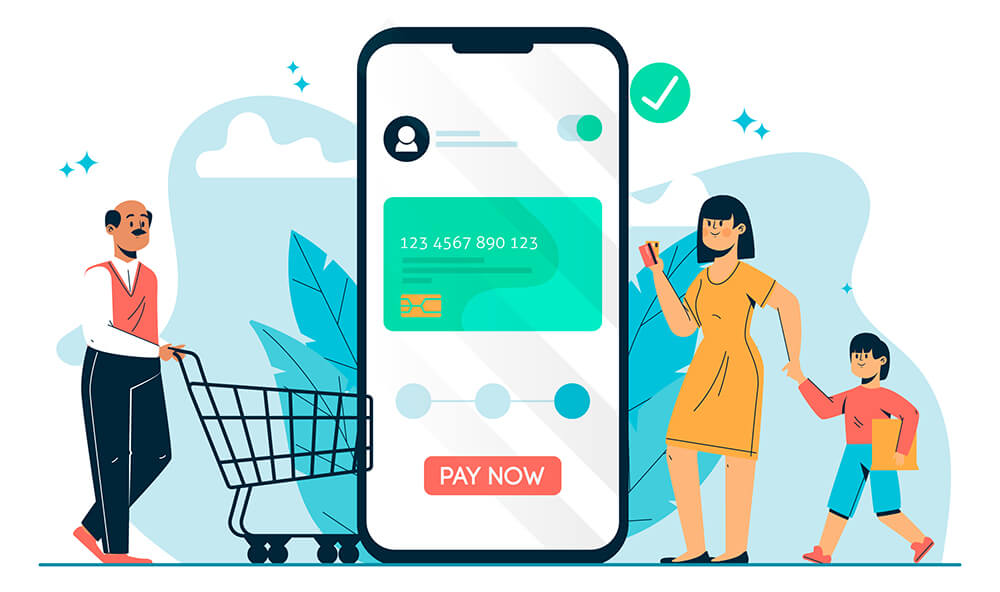
This brings us to…
II. Why Do Shoppers Leave At Checkout, And What Can You Do About It?
The checkout process is where most of the action happens, but also where many carts are left behind. After all the browsing, comparing, and choosing, it only takes one small hiccup to make someone walk away.
It’s not always about money. Sometimes it’s about trust. Or time. Or just too many steps.
Here are some of the biggest issues that make people quit before placing an order—and the ecommerce checkout best practices that can fix them.
1. Unexpected fees
Unexpected costs like shipping or taxes cause cart abandonment for 48% of shoppers.
This is no surprise. After all, many people hate surprises, especially when it means paying more than expected. Extra shipping charges or added taxes at the last step can feel like a trap.
Solution: Show all costs upfront
List shipping fees, taxes, and any extra charges early in the process. That way, shoppers know the full price before they reach the final step.
No one likes getting ambushed at checkout.
2. Complicated steps
22% of shoppers leave their carts because the checkout process takes too long or feels confusing. When the steps aren’t clear, people give up and move on.
If checkout feels like filling out a form at the doctor’s office, people get tired fast. Too many pages or too many fields can slow things down.
Solution: Keep it short and simple
Improve your checkout process by only asking for what’s really needed, like shipping info and payment details. Also, combine steps when possible, prioritize a one-page checkout layout, and add progress bars so shoppers know how close they are to being done.
Make it feel more like a quick pit stop than a paperwork marathon.
3. Required account signup
Not everyone wants to make an account just to buy something. Forcing people to sign up adds friction and gives them an easy excuse to leave. If they can’t check out quickly, they might not check out at all.
Solution: Let them check out as guests
43% of shoppers say they’re more likely to finish a purchase if the guest checkout option is available. After all, it gives them the convenience they want without extra steps.
Because some shoppers just want to buy one thing and leave, grant them the option to buy without creating an account. You can always offer to save their info after the order is done. Think of it like letting someone pay without having to join the club first.
4. Slow websites
18% of shoppers leave because the checkout process takes too long. A few extra steps can be all it takes to lose a sale.
A slow or laggy page can make checkout feel broken. And most people won’t wait around to see if it works later.
Solution: Speed things up
Use fast, reliable hosting and keep your checkout pages light. Cut out extra scripts, pop-ups, heavy graphics, or animations that slow things down.
Shoppers shouldn’t feel like they’re stuck in traffic just to place an order.
5. Not enough payment options
13% of consumers abandon their carts when they don’t see their preferred way to pay.
Some folks want to use a credit card. Others prefer PayPal or a mobile wallet. If their preferred payment gateway or method, like a digital wallet or bank card, isn’t available, they may just move on.
Solution: Offer more ways to pay
Adding multiple payment options can lift conversion rates by up to 20%. Thus, support major cards, PayPal, mobile wallets, and even bank transfers if possible.
The easier it is for people to pay their way, the more likely they’ll finish the order. It’s like giving them more doors to walk through. Don’t lock the one they prefer by limiting their payment options on the checkout page.

6. Too much manual typing
Filling out names, addresses, and payment info from scratch can feel like a chore, especially on mobile. The longer it takes, the more likely people are to quit.
Solution: Auto-fill customer info when possible
Use auto-fill tools to fill in names, addresses, and saved payment details. This makes the ecommerce checkout flow faster and easier.
Every second saved keeps shoppers moving toward the finish line.
7. Hard to use on mobile
Over 60% of online purchases now come from smartphones, so a clunky mobile checkout can cost a lot of sales.
On small screens, every extra tap feels bigger. If the layout is messy or the buttons are too small, mobile shoppers get frustrated fast.
Solution: Make it mobile-friendly
Use a layout that works well on small screens. Buttons should be easy to tap, and forms should be simple and clear.
Shopping on a phone shouldn’t feel like solving a puzzle with your thumbs.
8. Lack of trust signals
19% of shoppers abandon their carts because they don’t trust the site with their credit card details.
If your site doesn’t look secure, shoppers get nervous about giving you their data. Missing badges or sketchy-looking pages can stop a purchase in its tracks.
Solution: Show that it’s safe
Clear signals can boost your checkout process optimization by building confidence and keeping shoppers on board. Thus, display trust badges, SSL certificates, and secure payment icons. Also, use clean design and clear language so the site feels legit.
Remember, shoppers won’t hand over their money if the store feels shady.
9. No way to ask for help
53% of online shoppers in the US are likely to walk away from their carts when they can’t get quick answers to their questions.
If there’s no chat box or support link, confused shoppers may have no way to get answers. When something isn’t clear, they often leave instead of guessing.
Solution: Make support easy to find
Optimize checkout by adding a live chat, help button, or clear FAQ link. Shoppers should feel like help is just one tap away.
When people get stuck, they’re more likely to finish if someone’s there to guide them.
10. Missing a friendly nudge
Sometimes people head for the exit just before buying. Maybe they’re unsure or distracted. If nothing stops them, the cart gets left behind.
Solution: Use gentle exit popups
When someone tries to leave, show a soft pop-up with a reminder of what’s in their shopping cart, or maybe a small discount. Keep it simple and non-intrusive so it feels helpful, not pushy.
11. No follow-up after they leave
Not everyone finishes their order on the first try. If no one reaches out, they might forget all about it.
Solution: Send reminder emails
Send a friendly email showing what’s still in their cart. Include product images, a short message, and a clear button that takes them back to checkout. A small nudge can bring them back and help close the sale.
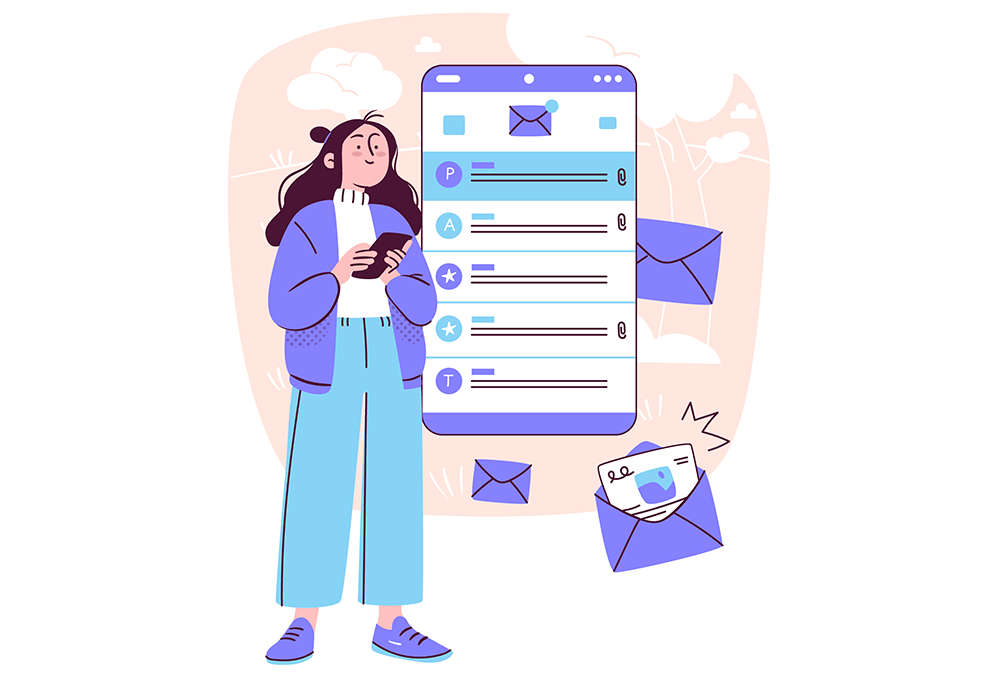
These problems sound different, but they all lead to the same result: an unfinished sale. The good news? Every one of them can be fixed with the right checkout setup.
III. How Do Product Feeds Help You Keep The Checkout Process Consistent?
From what we’ve seen, one of the best ways to boost sales is to show your products not just on your website, but also on platforms like Google Shopping, Meta, Wish, and others. To do this, you need special files called product feeds.
A product feed is a file that lists your store’s items along with details like price, stock, and images.
Basically, feeds let you display your products on other platforms. When you do so, more shoppers see and click on your products. This brings more visitors to your website, which means more chances to make a sale.
However, product feeds are only effective if the online shopping experience stays smooth from start to finish.
The online checkout process should feel familiar, no matter where someone starts. Whether they find a product on Google Shopping or Facebook, the path to payment should be clear and steady. If the checkout flow changes depending on the platform, people might get confused or give up.
This is where AdTribes comes in.
For one thing, this product feed manager for WooCommerce gives you control over how your products appear across Google Shopping, Bing, and 100+ other sales channels. For another, it keeps the ecommerce checkout process consistent.
How can AdTribes product feeds help?
AdTribes product feeds enhance your online store in more ways than one:
1. Product feed links lead directly to product pages
Each feed sends shoppers from channels like Google Shopping or Facebook straight to the exact product in your store. They don’t have to hunt for it—one click and they’re there.
2. Checkout experience stays the same across platforms
No matter where someone clicks from—Google, Bing, Instagram—the shopping and checkout process is always the same. This gives customers a familiar, smooth path to completing their order.
3. No redirects or broken journeys
AdTribes feeds reduce the risk of links breaking or sending shoppers to the wrong place. A clean path keeps people moving.
4. Feeds work for over 100 channels
You can reach shoppers across a huge number of platforms without messing up the checkout experience.
5. Custom filters keep feeds up to date
You can set rules so only in-stock, high-margin, or seasonal items are listed. This avoids errors at checkout like sold-out items.
6. Supports different languages and currencies
Feeds can match the right version of a product to the right audience. That means fewer surprises when someone clicks “buy.”
All of this helps your store look and feel stable, even if shoppers come from different paths. It’s like having one front door, even if people arrive from different streets. The result is a higher checkout conversion rate.
Want to learn more about product feeds? Then check out our extensive guide:
What Is A Product Feed And How Do You Create One? (Ultimate Guide)
Conclusion
The checkout process plays a big role in whether people finish their orders or walk away. Therefore, it should feel simple, fast, and safe, no matter where the shopper comes from.
We’ve seen that small problems, like surprise fees or too many steps, can lead to big losses. Fortunately, every issue has a fix.
Moreover, product feeds help by making sure your checkout process stays consistent. They guide shoppers from any channel straight to your store and ensure a clean, convenient ecommerce checkout process.
To recap, this article explored the following major concepts about the checkout process and checkout optimization:
- What is the checkout process?
- Checkout problems and solutions
- How product feeds keep the checkout process consistent
Eager to learn more about product feeds and how they can support your WooCommerce store? Explore AdTribes to see how it can help you reach more shoppers and keep checkout simple!
